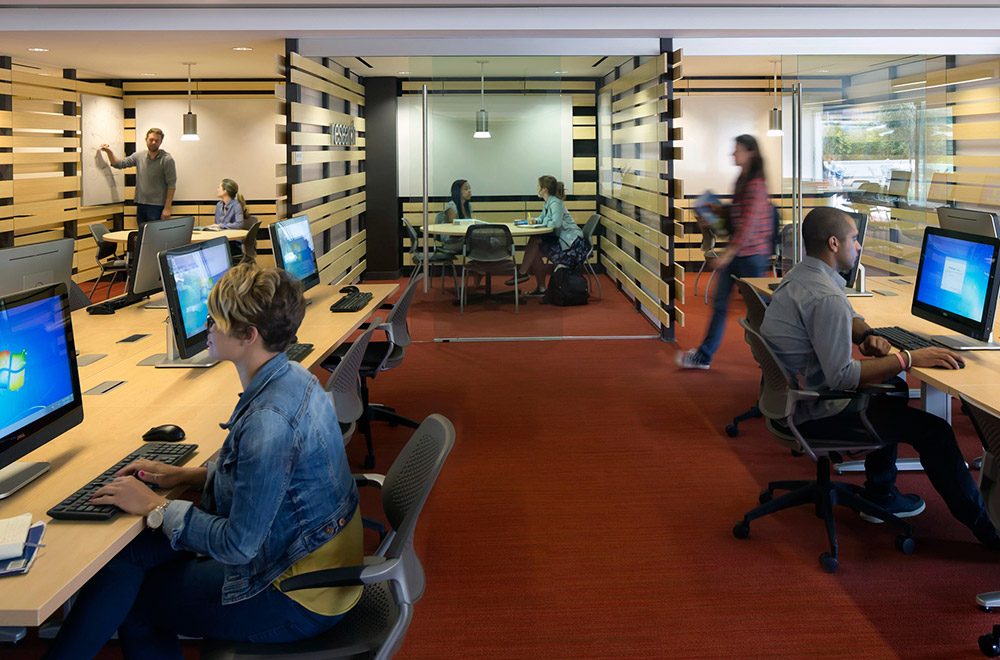 The newly renovated J. Paul Leonard Library and Sutro Library has officially opened its doors to eager students at San Francisco State University. Bright, open spaces invite students into a learning environment designed for the 21st century.
The newly renovated J. Paul Leonard Library and Sutro Library has officially opened its doors to eager students at San Francisco State University. Bright, open spaces invite students into a learning environment designed for the 21st century.
The existing J. Paul Leonard Library was constructed in three phases (1953, 1959 and 1971) and contained approximately 287,000 gross square feet of building area on seven floors, including the basement. Since the last expansion more than thirty years ago, the enrollment at SFSU has increased, leaving the existing facility to provide for only 68 percent of the library space required by the growing student population. Furthermore, the building suffered serious inadequacies in the condition of its exterior envelope, where there were numerous leaks that were detrimental to library materials, building occupants, and the building’s HVAC systems. The building’s electrical and telecommunications systems were substandard and inadequate to meet the needs for support of modern electronic information and multimedia systems.

The ground level of the new addition offers spaces for collaboration and social activities.
This design-build team of Balfour Beatty and HMC Architects addressed these issues of required expansion and building renovation, and took advantage of a unique opportunity to create a joint-use library facility with the California State Library’s Sutro Library, which was formerly in temporary facilities on the SFSU campus. By co-locating the two library institutions into one facility, both realize certain economies related to joint use, while the academic and general public patrons more effectively utilize the depth and quality of the collections of each.
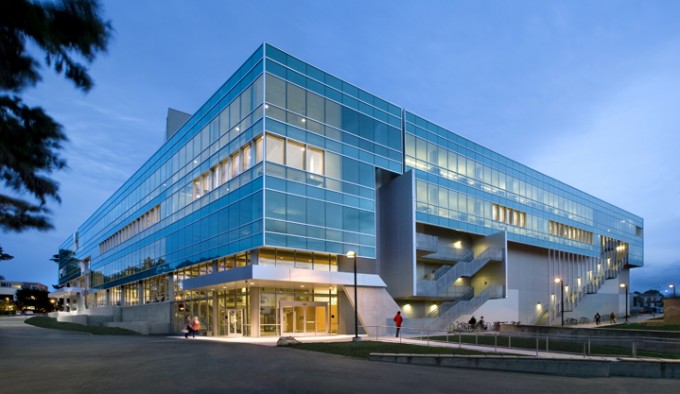
Today, through the addition of more than 140,000 square feet, a major expansion and renovation of the J. Paul Leonard Library building has come to completion. Opened in Spring 2012, the new home of the J. Paul Leonard Library incorporates the existing Sutro Library, providing expanded study and computing space for users, growth space for collections, access to new technologies, and a safe and healthy environment for work and study. The new library adds 34 percent more total space; 50 percent more seating; 50 percent more group study areas; 50 percent more collection capacity, both in open stacks and a high-density automated retrieval system; and 100 percent more computers; all while providing a flexible and congenial learning environment in the heart of campus. 
With traditional stacks now located in the automated retrieval system, the renovated library now boasts open, collaborative spaces for study.
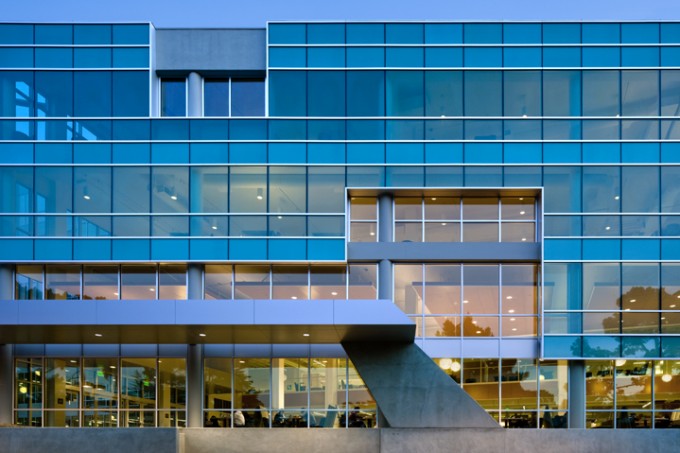
The glass and Trespa exterior façade is a contemporary expression that creates a geometric patterning.
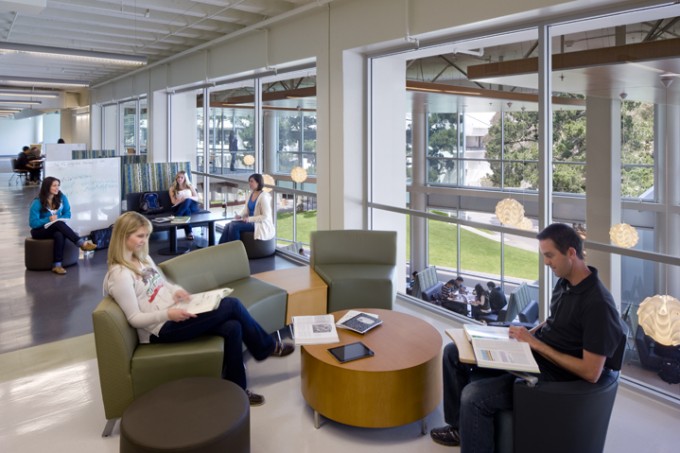
The second level study zone features a variety of seating options with flexible furniture to accommodate small to large study groups.
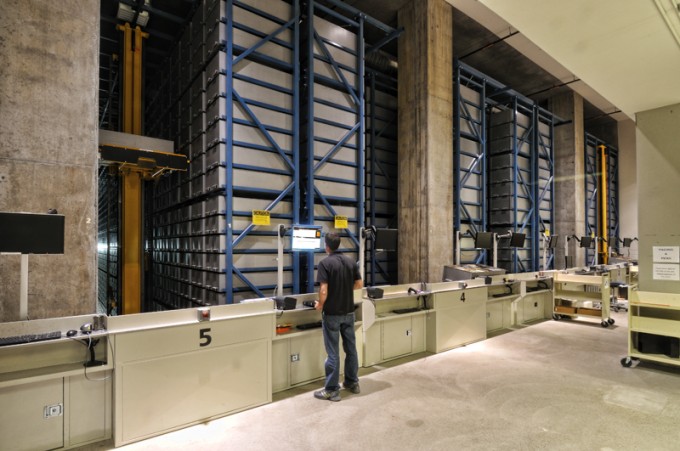
The library’s new automated library retrieval system houses over 4 million books, freeing space normally consumed by book stacks for use as study and computing areas. (Photo by Alex Seefeldt.)
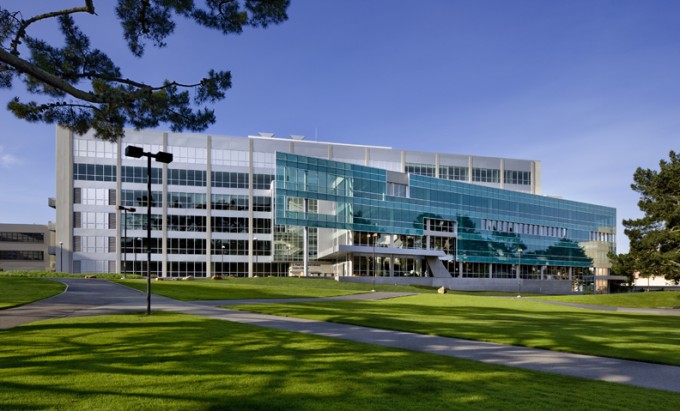
View of the north facing façade, where the new sculptural glass addition adds a modern front to the renovated existing library.
All photos by David Wakely unless noted otherwise.
